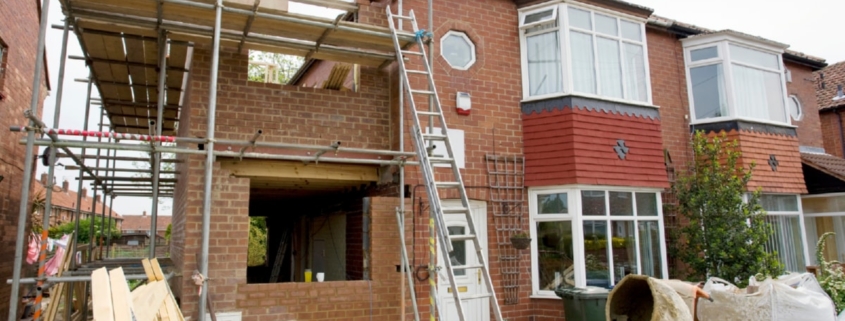Implementing Quality Control Measures in Construction 6446
When embarking on a construction project, the choice of building materials is a critical factor to consider. The variety of materials available today is vast, ranging from traditional options like wood and stone to modern materials like concrete and steel. The trick to selecting the right material is understanding the properties and benefits of each.
Wood has been a staple in construction for centuries. It’s versatile, renewable, and provides excellent insulation. However, it’s susceptible to pest infestation, rot, and decay. Conversely, steel is known for its strength and durability. It’s resistant to earthquakes, pests, and fire, but it can be costly and requires specialized skills for installation.
Cement is another popular building material. Ideal for large-scale projects due to its strength and longevity, but its weight and the complexity of mixing and pouring can make it challenging to work with. Finally, stone is a natural, durable material that’s resistant to weathering. However, it’s heavy and requires skilled masonry for proper installation.
Moving on to construction equipment, today’s projects have a diverse range of machinery to choose from. Diggers, for example, are used for digging trenches, holes, and foundations. Not only can they dig trenches, holes, and foundations, but they can also perform heavy lifting.
Dozers, on the other hand, are used for moving large amounts of earth over short distances. They’re perfect for ground leveling, clearing debris, and breaking up hard surfaces. Hoists are used for lifting and moving heavy materials, while cement mixers are essential for mixing concrete or cement on-site.
As for modern construction techniques, they’re all about safety, efficiency, and sustainability. Prefabrication, for instance, involves assembling components off-site and then transporting them for installation. This technique speeds up the construction process, reduces waste, and improves quality control.
Additive manufacturing is another innovative technique. It involves creating three-dimensional building components using a digital file and a specialized printer. This technique allows for greater design flexibility and reduces material waste.
In conclusion, advancements budget-friendly in construction have led to a broad range of building materials and equipment, as well as innovative construction techniques. These advancements not only improve the quality and efficiency of construction projects but also contribute to a more sustainable and safe construction industry.
For more details, check best Chimney Services Dublin or visit their Chimney Repairs Service business listing here.



